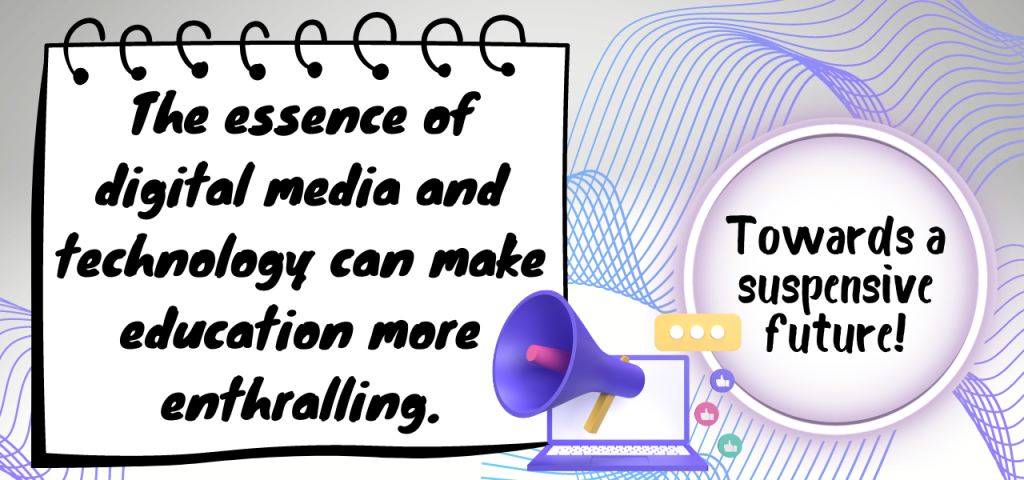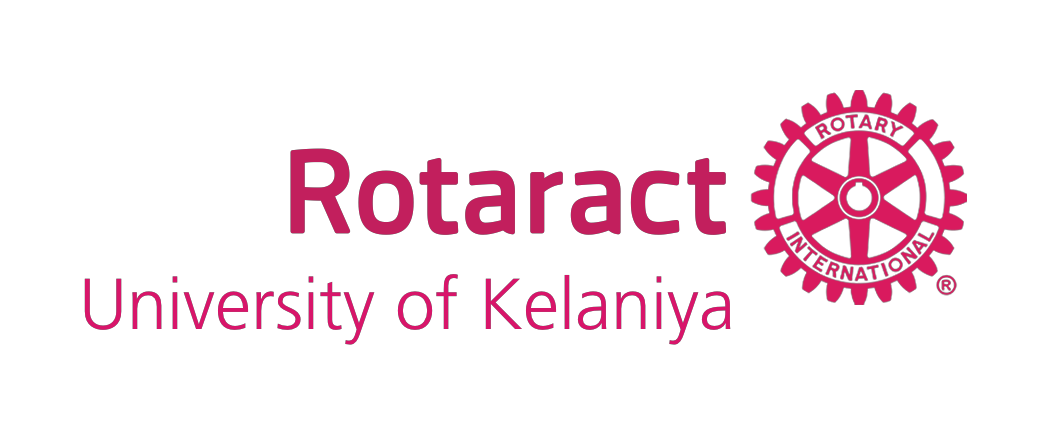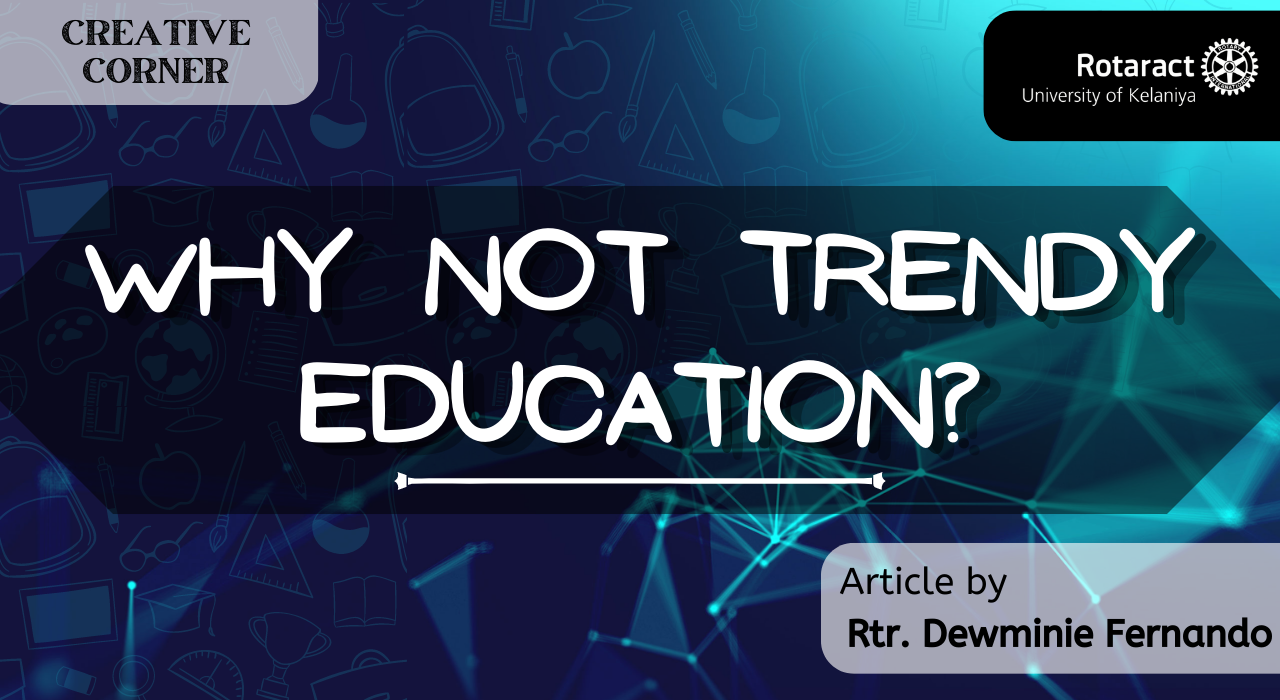Innovation, Technology, and Media have been unstoppable lately. The Covid-19 pandemic has caused unexpected changes in the educational landscape. New developments in educational trends are made in order to survive and respond to the crisis. While certain worldwide trends continue to be relevant, others are new and emerging trends. Both teachers and students gain from understanding them. Since they are able to design learning environments that are conducive to effectively transferring and absorbing both knowledge and skills.
The Oxford Learners’ Dictionary defines a trend as ‘the course of change or development of a circumstance’. As a result, teaching and learning methodologies are very practical and beneficial to people. In practically every industry, trends are changing every year and one of the areas with a significant potential change is education. In fact, there are a few brand-new trends in schooling.

What are the trends that will be popular both today and in the future?
Online learning is the first trend that emerged in education. Over 1.2 billion children worldwide are not attending school as a result of the Covid-19 effects. The entire map was essentially under lockdown when it happened. Teachers and students are unable to attend in-person classes during a difficult time. Many conventional classes are now offered online. Additionally, it appears that online education is the most effective technique to maintain and guarantee academic excellence. Also happy teachers, happy students, and happy schools; that is all we have accomplished so far! The happier the students, the more rich the society. However, the reality shows that students today face a variety of mental health difficulties.
What can we do to make things better? Social-emotional learning is for the rescue right away. The promotion of learners’ social interaction, positive relationships, and wise decisions will then take place. Can Something like Bite-Sized Learning be effective? Surprisingly it does!! Short-term attention is a challenge that is addressed by this learning method. The typical student’s attention span is reportedly between 10 and 15 minutes. However, it seems to get shorter for young kids. In order to provide learners with clear and succinct knowledge, bite-sized learning was created. Because of that, students may pay close attention during every lesson. Virtual Reality is doing marvels in the educational industry and is booming rapidly. With more schools embracing the technology, virtual reality, or VR, is exploding in education. Virtual reality (VR) enables pupils to travel the world without ever leaving the classroom. Imagine allowing pupils to tour the Giza Pyramids while they are seated at their desks. This is made possible by virtual reality in education. Virtual reality (VR) is a term that most people have heard of, but many do not fully understand or are unaware of its applications in learning and education. VR describes interactive media (videos or images) that allow the spectator to fully explore a scene in all directions.
Education can be really interesting when they are matched with the best trends and especially digital media and technology. Let’s make learning a whole new and interesting experience to further drive ourselves toward an exciting future.



